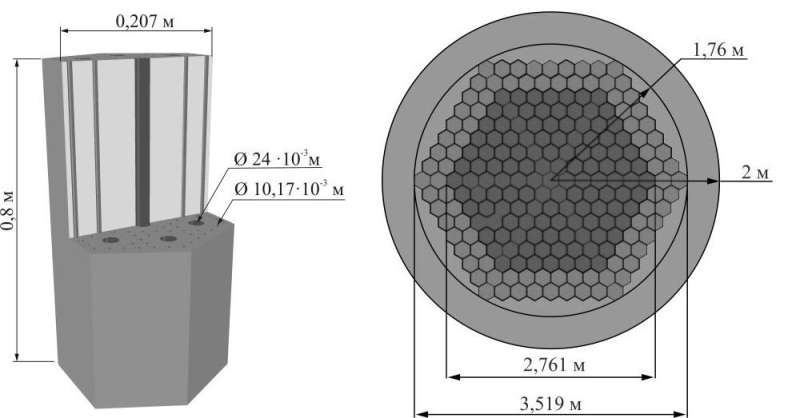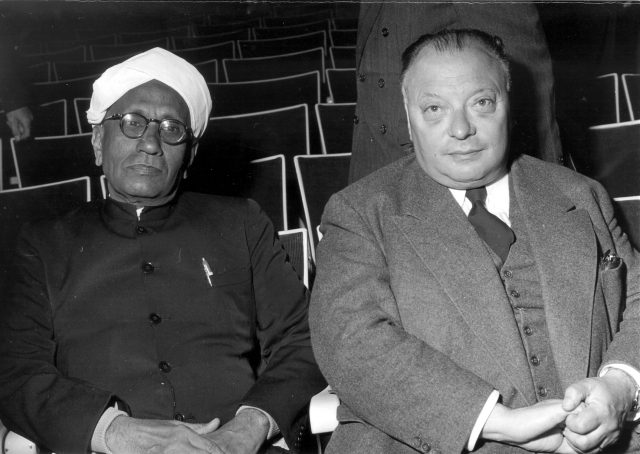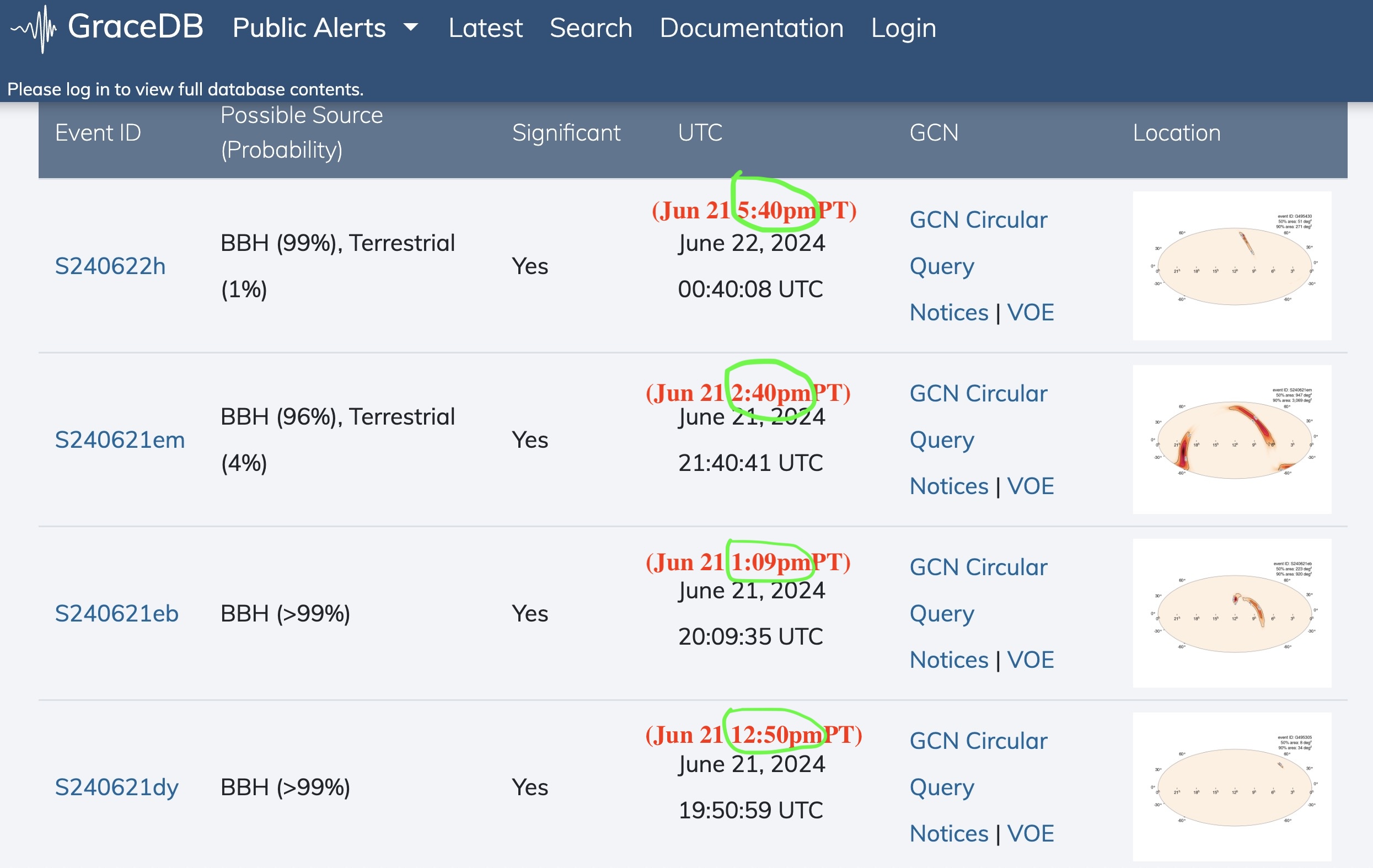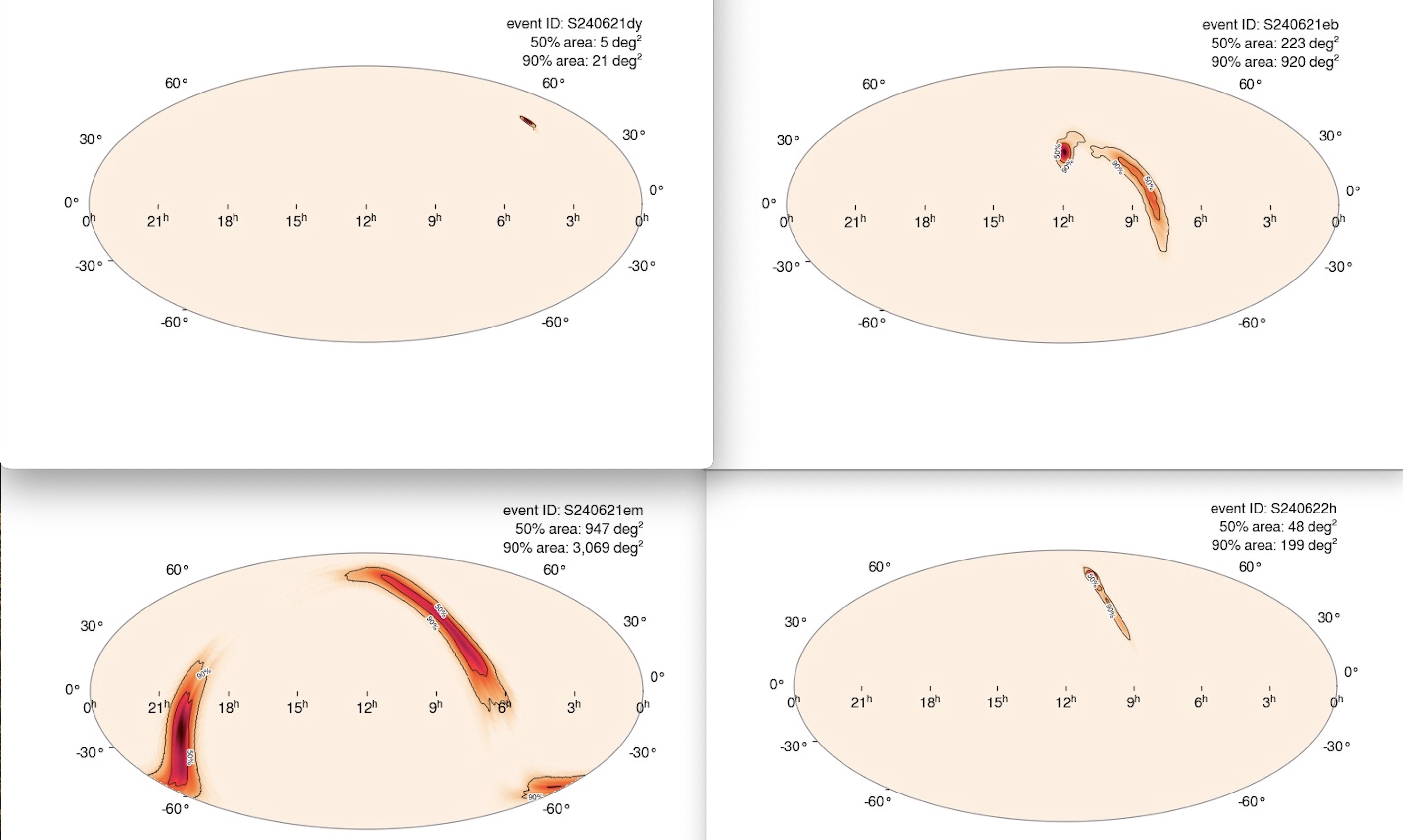Fair enough. One thing I'd realized later after making my remarks, was that this much smaller nucleus would present an abysmally low cross section as a fission target. So it's highly unlikely that such a low cross sectional area would be able to sustain fission reaction statistics. So at best, it could only be a target of an external spallation source. (just as we know for Thorium, only much more so)Amber G. wrote: ↑24 May 2024 03:57 FWIW, Here is some skeptical perspective:
- While the discovery of the dumbbell-shaped Beryllium-10 nucleus is intriguing... some points with a healthy dose of skepticism:
>> Unusual shape doesn't guarantee unique properties: The dumbbell shape might not necessarily lead to exceptional stability, fusion, or fission characteristics. Further research is needed to determine if this structure truly confers advantageous properties.
>> Fusion and fission scenarios are speculative: ... While Beryllium-10's structure might make it a fusion candidate, the actual dynamics and energy requirements for such reactions are still unknown.
>> Similarly, fission-like processes are purely hypothetical at this point.
>> Neutron emission and safety: Even if Beryllium-10 were to exhibit lower neutron emission, it's uncertain whether this would translate to improved safety in nuclear applications. Other factors, such as radiation protection and containment, would still need to be addressed.
>>
Scalability and practicality: Even if Beryllium-10 exhibits promising properties, it's unclear whether these could be scaled up for practical applications.
>> More research is needed: While this discovery is fascinating, one needs to approach these findings with a critical and nuanced perspective. ...
(OTOH As a physicist, if there is time.. it may be fun to dive into the implications of this unusual Beryllium-10 nucleus.
Stability and disruptability --:The dumbbell shape could indeed impact stability and disruptability. The two He4 nuclei, being attached and orbited by neutrons, might create a unique binding energy landscape. This could lead to enhanced stability against certain decay modes ...but we would know more..
Another one I wanted to ask you about was the hybrid Fission-Fusion Thorium reactor concept.
So it uses a fusion reaction operating below breakeven as a neutron source for a thorium blanket, which itself releases energy that is then put back in to power that fusion reaction. The advantage is that it does the thorium breeding without requiring any precious uranium as input.
https://www.popularmechanics.com/scienc ... r-reactor/
Russian Scientists Reveal Plans for Fusion-Fission Reactor
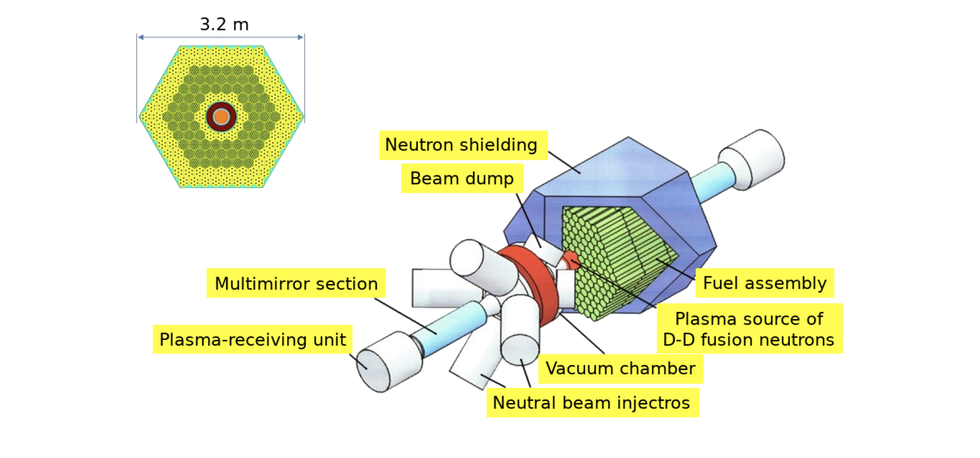
https://phys.org/news/2020-01-scientist ... actor.html
https://www.jstage.jst.go.jp/article/pf ... 1/_articleScientists develop a concept of a hybrid thorium reactor
by Tomsk Polytechnic University
Fuel Evolution in Hybrid Reactor Based on Thorium Subcritical Assembly with Open Trap as Fusion Neutron Source (Computer Simulations)
Abstract
Results of computer simulation of the fuel evolution in thorium nuclear cycle in a subcritical assembly in case of thorium-plutonium initial composition is presented in the paper. The simulation is conducted for specialized facility in which a long solenoid with hot plasma is situated inside of the subcritical fuel assembly. The plasma column produces additional neutrons due to D-D fusion reaction that are necessary for a fission reactor with this assembly. Total intensity of neutron emission over all plasma volume with the length of 3 m is N = 2 × 1016 neutrons per second. We have chosen the percentage of plutonium 5% in thorium-plutonium initial composition and in this case, the effective coefficient of neutron multiplication is 0.95, as shown by our simulation. The fuel evolution was calculated for duration of operation time 3000 days. As a result, we have demonstrated the decrease in the coefficient of neutron multiplication and in the power of the nuclear fission process in the described time. Results of simulations are discussed.
